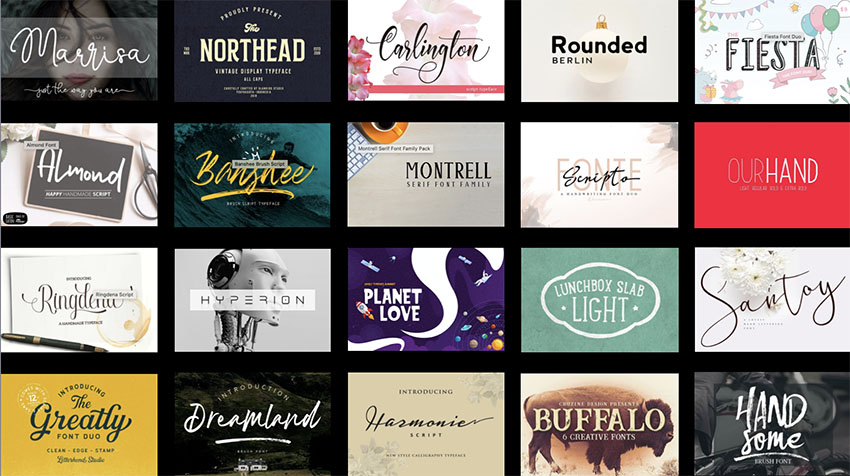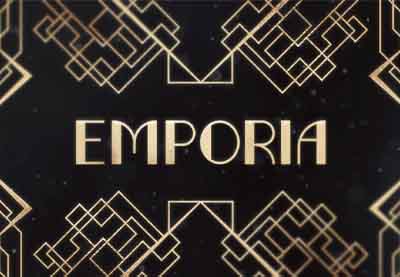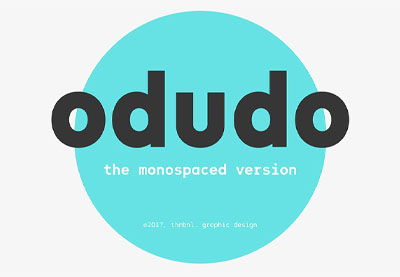Have you ever wondered what the difference is between a font and a typeface? Well, wonder no more because that’s exactly what we’re clarifying today.
Follow along with us over on our Envato Tuts+ YouTube channel:
Typeface vs. Font

Many people (much to the annoyance of typographic experts everywhere) talk about typefaces and fonts as if they’re the same thing. But alas, even though contemporary usage often blurs the line between the two, they are not the same.
What Is a Typeface?
The word typeface began to be used in the early days of printing to describe characters that share common design features. For example, Helvetica is a typeface with characters that share common design characteristics. Likewise Times New Roman is another typeface with characters that share common design characteristics.

Font Definition
A font is a particular weight, style, size and effect of a typeface. Most typefaces include a number of fonts, although there are a growing number of contemporary ones that just offer one font. Using the Helvetica typeface as an example, Helvetica is made up of 51 fonts of differing styles, sizes, and weights.

It might be helpful to think of a typeface as a family unit made up of fonts, with each font style being an individual member of the family. In fact, in the world of web development, the term typeface has been completely replaced by the class name: font family.
Seems pretty clear now, doesn’t it?
How “Typeface” Became Synonymous With “Font”

Typeface and font began to be used interchangeably with the advent of desktop publishing, where the naming conventions in operating systems and various applications used the term “font” in their menus instead of “typeface”. So you upload fonts to the Mac library, not typefaces, and both Adobe and Google offer font libraries, not typeface libraries. These practices have blurred the lines between typeface and font, and in common usage, the terms are often used interchangeably.
Does the Difference Between Font and Typeface Matter Anymore?
Well, that depends on who you ask. To those who understand the distinction in terms—typically people who have trained in graphics, typography, or type design—the distinction is sacred.
But it’s worth bearing in mind that language and terminologies gradually change and evolve over time, and those changes are often driven by common usage, not by experts.

Maybe what’s important here is to know the distinction yourself and use it when you’re communicating to be clear and precise. But if you’re talking to someone who isn’t an expert or who uses the terms interchangeably, don’t attempt to beat them over the head with your superior knowledge. Just stick to the terminology they understand, and remember that the essence of communication is to understand and be understood, not to overcomplicate things.
Find a Terrific Font or Typeface Today
Don’t care about the nuances of typeface vs. font? Just want some cool fonts—or was that typefaces—for your next project? These articles can help:






